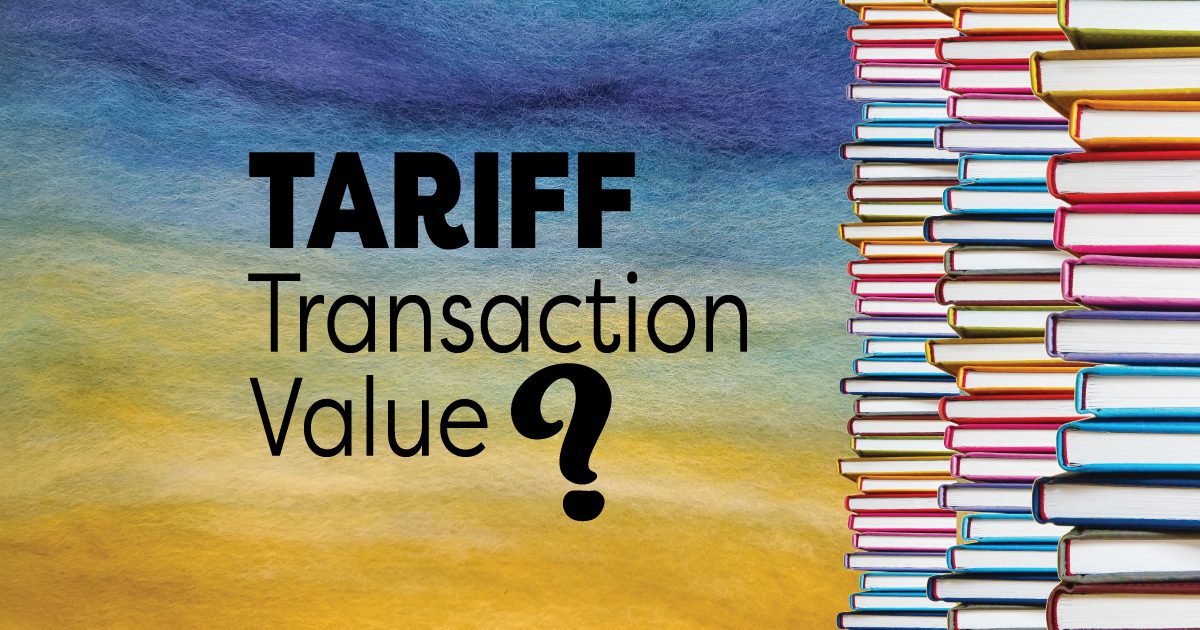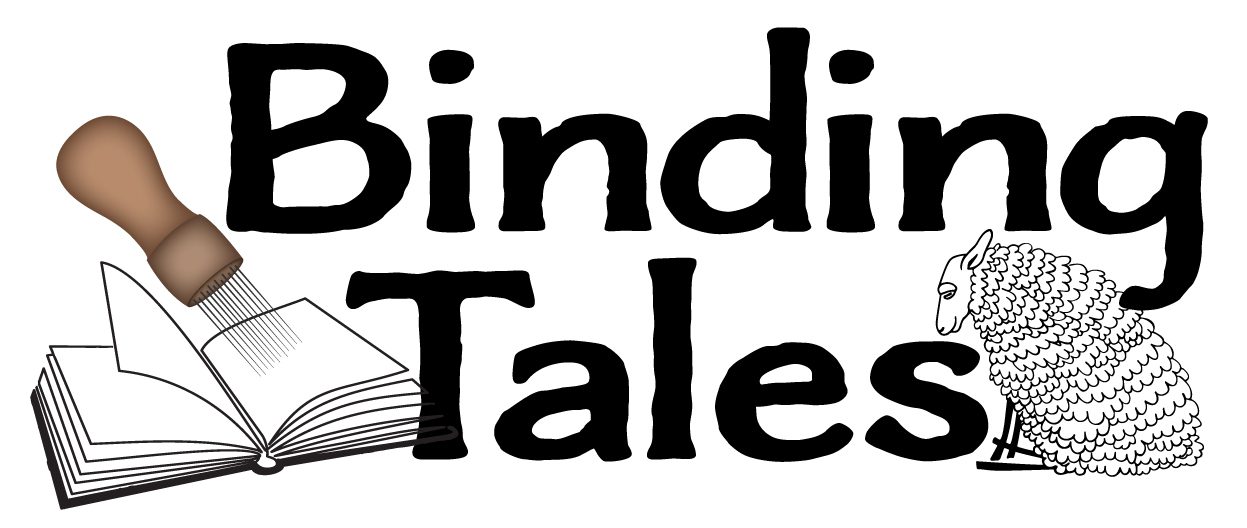
As a small business owner, I am really nervous about what my tariff tax will be for my new book, Flock of Rock, which was printed in China. I think I understand tariff transaction value, but when a tariff changes astronomically after an order has shipped but is not yet here… what will the process of clearing customs look like? This is the second book printed by my print shop in China. Their team is awesome to work with and the move has been very good for my business. I’ve been at this for 6 years and have learned a few things along the way. I have self-published 13 books, 4 of them fully illustrated children’s books.
I’ve used all three full-color printing methods for children’s books:
- Print on Demand (printed and shipped here in the US via UPS)
- Private domestic printer (printed right here in Maine, shipment delivered via truck)
- Outsourced printing (printed in China, sea freight then land delivery via UPS)
Now, as of April 19th, 2025, I am waiting and tracking my shipment of Flock of Rock to see what happens when it reaches customs at the US port. What I don’t yet know is how I will be contacted to address the astronomical tariff placed on imports from China since my order was finalized, paid for, and shipped.
Here is some of the research Google Notebook helped me narrow in on.
Sources: ICP Customs Value and www.cbp.gov
Know What is Included and Excluded from Tariff Transaction Value
The “ICP-Customs-Value-2006-Final.pdf” details specific inclusions to and exclusions from tariff transaction value. It is crucial to understand these distinctions. For example, international freight and insurance costs are generally excluded from the price actually paid or payable. However, costs incurred by the buyer, such as packing, may be added.
“Are any amounts excluded from Transaction Value?
Yes. The amounts to be excluded from transaction value are:
1. The cost, charges, or expenses incurred for transportation, insurance, and related services incident to the international shipment of the goods from the country of exportation to the place of importation in the United States.
2. If identified separately, any reasonable cost or charge incurred for: Constructing, erecting, assembling, maintaining, or providing technical assistance with respect to the goods after importation into the United States, or Transporting the goods after importation.
3. The customs duties and other Federal taxes, including any Federal excise tax for which sellers in the United States are ordinarily liable.”
So now I wait and hope my margins aren’t diminished to the point that I make little to nothing on each book. More on this in a minute.
Why did I decide to outsource book printing?
I tried to keep the business here in the US. Heck, for my first fully illustrated children’s book, I even printed it right here in my own home state. The long and short of it, it’s a much better business decision to use a manufacturer (in my case a print house) with the best price and quality – which I’ve found to be in China. Please read my book printing & production origin story below for more details on all the stages of my journey, utilizing multiple options available in this industry. I’d done the trial and error, hours upon hours of research, quote gathering, print runs at great expense… and the road to a sustainable and profitable business model pointed me to overseas production.
Wholesale Book Distribution
A significant growth opportunity for a book publisher (even little indie publishers like Binding Tales) is to build and expand your wholesale distribution network. Direct to consumer retail sales offer strong margins on each book, which is great, but has its limitations. Growth comes with wholesale distribution. Wholesale distribution comes with surrendering a healthy portion of my margin to the distributor. I’m totally on board with this because every wholesale relationship is mutually beneficial. Without a healthy enough margin to absorb the wholesale discount, I can’t use wholesale distribution to grow my business.
As the next 2-3 weeks pass I should have a better understanding of what my own tariff tax looks like. I’ll make another post when I know more.
For now, I know that whatever the additional cost to get my books to their final destination, I’m all in. Because, you know, I inherited one fierce sense of determination and commitment from my parents! Every pre-order is so incredibly helpful! Pre-order yours today right here on my website!

Book Printing & Production Origin Story
When I first launched Binding Tales in 2019 I’d already published my first book, Marketing for Rookies. I used KDP with its print on demand (POD) option as an easy way to publish and offer my book. POD doesn’t have steep up front costs of printing a bulk order with a big price tag and the storage needs for cases of books.
Then came full-color illustrated children’s books.
The print on demand option continued to work well during the first year of publishing for Binding Tales because the pages of my activity books were all black and white. Once Fairy Spells and Strawberry Elves was completed and ready to go to the printer, my entire process shifted. I did do a trial run of POD with this first fully illustrated children’s book, but the quality just wasn’t up to my standards. I want to publish children’s books with quality paper and vibrant, consistent color. So I knew I would need to use a print shop.
Fairy Spells and Strawberry Elves was printed at a family-owned, local printer right here in Maine. They did an absolutely beautiful job and the process was fabulous. The cost per book was relatively high, so my margins are small. At the time, I wasn’t yet even thinking about wholesale distribution. To include that inaugural limited edition print run of that title in my wholesale catalog leaves me with a razor thin (and I do mean RAZOR thin) margin. Like most entrepreneurs and small business owners with big dreams, I have been learning and adapting as I go.
If not POD and not a local printer, maybe a different larger US based printer? For many of the same reasons that I used a Maine based printer for Fairy Spells and Strawberry Elves, I researched for hours upon hours and sourced quotes from printers across the US. They were all boiling down to the same conclusion, if I sold wholesale accounts I wouldn’t make enough money for a sustainable business.
Then I broadened my research to include printers in China. Suddenly the difference quoted for my price per book dropped by more than half, and that included the sea freight to get the books to the US. This was the difference necessary to make wholesale distribution not only financially feasible but a real growth opportunity. But with the tariff on goods imported from China, the harsh reality is, that even with a 125% tariff, the cost to outsource my production (including the freight shipping) is still less than domestic production. That said, my retail margin shrinks dramatically and I’ll be right back in the position of closely evaluating if I have enough margin for wholesale distribution to make financial sense.
Thankfully, I also sell original artwork and offer online and in-person felting classes. Multiple streams of revenue are great… as long as one of my business lines doesn’t drag down the others.
Thank you for reading all the way through. I appreciate you.
-Hillary Dow
